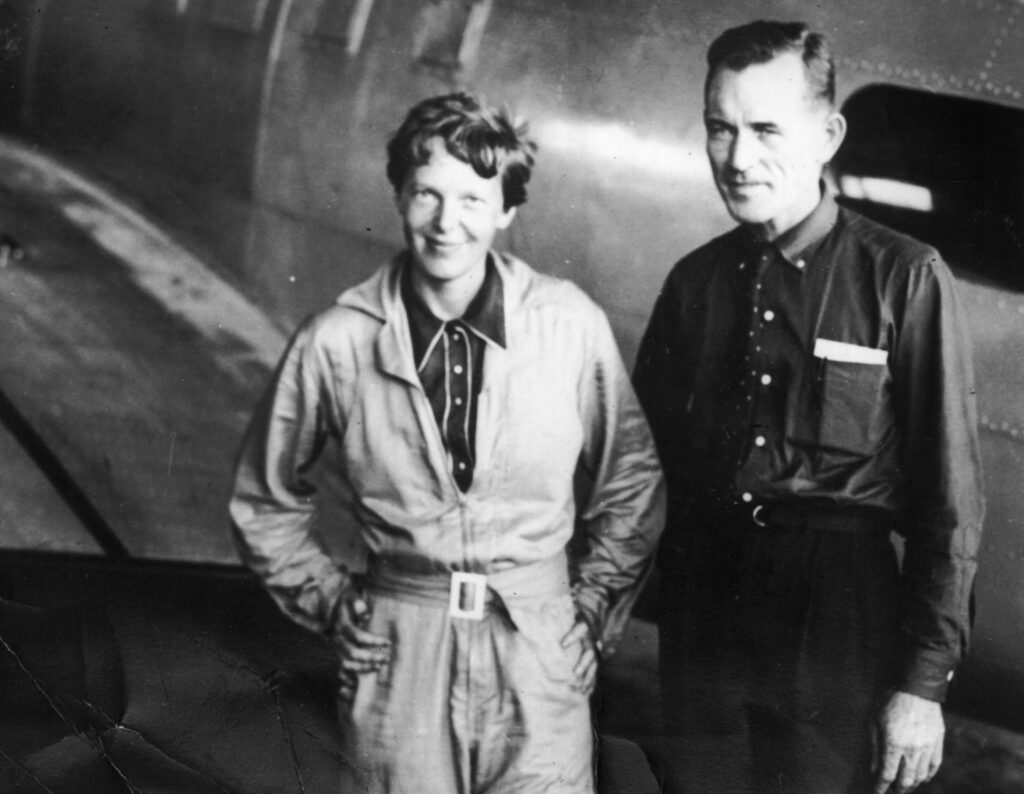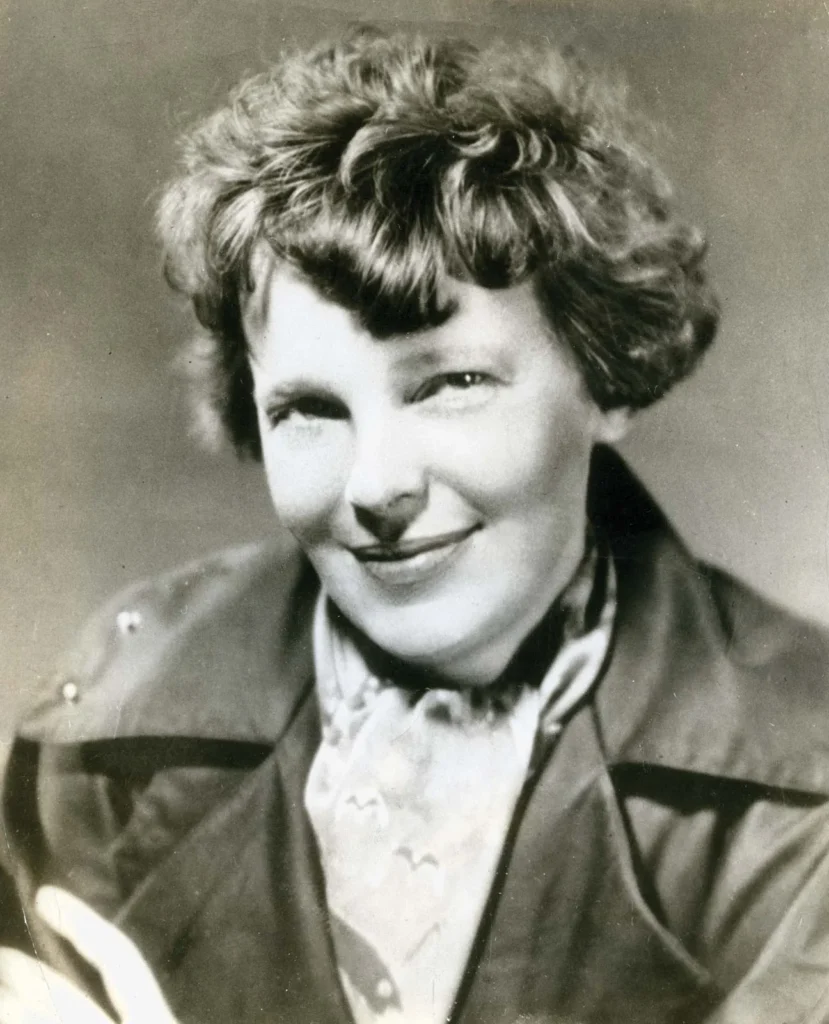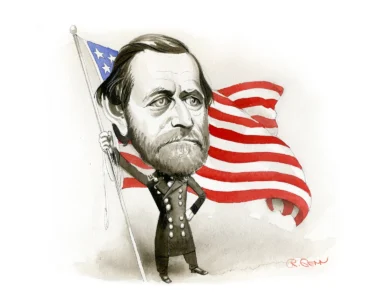Amelia Earhart is one of the most inspiring and unforgettable figures in American history. As a pilot, writer, and pioneer for women’s rights, she broke through barriers in a time when the skies were mostly reserved for men. She is best known for being the first woman to fly solo across the Atlantic Ocean, but her life was full of daring adventures, meaningful contributions, and lasting impact. Amelia’s legacy continues to soar high, reminding people of all ages to chase their dreams, no matter how impossible they may seem.
This article takes a deeper look at her early life, aviation career, records and achievements, her mysterious disappearance, and her lasting influence on both aviation and gender equality. Written with a high school student in mind, the article uses clear and engaging language while including important details for SEO and readability.
Early Life and Background

Amelia Mary Earhart was born on July 24, 1897, in Atchison, Kansas. She grew up in a time when most girls were expected to follow traditional roles, but Amelia was different from the start. She enjoyed outdoor activities like climbing trees and hunting rats with a rifle — interests that weren’t considered “ladylike” at the time. Her adventurous spirit was encouraged by her father, Edwin, and her mother, Amy, who believed girls should have the same opportunities as boys.
Amelia had a younger sister named Muriel, and the two shared a strong bond throughout their lives. The family moved several times during Amelia’s childhood due to her father’s job issues and drinking problems, which caused financial instability. Despite the challenges, Amelia was a curious and intelligent student who loved science and reading.
She first saw an airplane at a state fair when she was about ten years old, but she wasn’t impressed. It wasn’t until later in life that she developed a passion for flying, after witnessing a stunt-flying exhibition. From that moment on, her life would never be the same.
Discovering Aviation
Amelia’s interest in aviation truly took flight in her early twenties. In 1920, she attended an air show with her father in Long Beach, California, and got a ride in a plane. That ten-minute flight changed everything. She described the experience as transformative and decided right then that she wanted to learn how to fly.
To afford flying lessons, Amelia worked a variety of jobs, including as a truck driver and photographer. She saved up every penny and eventually took lessons from Neta Snook, one of the few female flight instructors at the time. Amelia was a quick learner and bought her first airplane, a yellow Kinner Airster, which she nicknamed “The Canary.”
In 1923, she became the 16th woman in the United States to be issued a pilot’s license by the Fédération Aéronautique Internationale (FAI). Her dedication, confidence, and ambition helped her break into a field that was heavily dominated by men.
Breaking Records and Making History

Amelia Earhart’s big break came in 1928 when she was invited to be the first woman to fly across the Atlantic Ocean — though not as the pilot. The flight, known as the “Friendship” flight, was piloted by Wilmer Stultz and Louis Gordon. Amelia acted as a passenger and kept the flight log. Even though she didn’t fly the plane herself, the trip made her an international celebrity and a symbol of women’s progress.
Determined to do more, Amelia continued flying and began setting records of her own. In 1932, she became the first woman — and only the second person after Charles Lindbergh — to fly solo nonstop across the Atlantic Ocean. She flew from Newfoundland, Canada, to Ireland, facing icy winds, mechanical problems, and fatigue. Her courage earned her awards and admiration worldwide, including the Distinguished Flying Cross from the U.S. Congress.
Amelia went on to set other records too. She became the first person to fly solo from Hawaii to California and from Los Angeles to Mexico City. She also wrote books about her experiences and became a public speaker, inspiring countless young women to pursue their dreams, no matter the odds.
Advocacy for Women and Aviation
While Amelia was famous for her flying, she also used her platform to promote women’s rights. She believed that women could achieve anything men could and proved it through her accomplishments. Amelia joined organizations like the National Woman’s Party and worked to promote women in aviation.
She co-founded the Ninety-Nines, an international organization for female pilots that still exists today. The goal of the group was to support and mentor other women who wanted to become aviators. Amelia served as the first president of the organization and worked tirelessly to open doors for future generations.
Through her public appearances, interviews, and writings, Amelia made it clear that she wasn’t just flying for fun — she was flying to show the world that women belonged in the skies and everywhere else important decisions were being made.
Final Flight and Disappearance
In 1937, Amelia set out on her most ambitious journey yet: to fly around the world. She planned to circle the globe along the equator, a route that had never been completed before. With her navigator, Fred Noonan, she flew more than 22,000 miles and visited places across South America, Africa, and Asia.
On July 2, 1937, Amelia and Fred departed from Lae, New Guinea, headed toward Howland Island in the Pacific Ocean. Unfortunately, they never arrived. Radio contact was lost, and despite a massive search operation led by the U.S. Navy, no trace of the plane or its passengers was found.
Amelia Earhart’s disappearance remains one of the greatest mysteries in aviation history. Over the years, many theories have been proposed, ranging from running out of fuel and crashing into the ocean, to landing on a deserted island and surviving for a while. Some even believe she may have been captured by enemy forces. However, no solid evidence has ever solved the mystery completely.

Legacy and Impact
Despite her disappearance, Amelia Earhart’s influence has never faded. She remains a symbol of bravery, independence, and perseverance. Her life story continues to inspire people around the world to challenge limits and pursue their passions.
In honor of her contributions, schools, airports, and scholarships have been named after her. She has appeared on postage stamps and even U.S. currency. Her story is taught in classrooms as an example of what can be achieved with courage and determination.
Her legacy also lives on through the advancement of women in science, technology, engineering, and math (STEM) fields, including aviation. Amelia Earhart paved the way for female astronauts, pilots, and leaders in every industry. She showed the world that gender should never be a barrier to greatness.
Conclusion
Amelia Earhart wasn’t just a pilot — she was a trailblazer, a dreamer, and a hero. From her humble beginnings in Kansas to her final flight over the Pacific, she lived a life full of passion and purpose. She proved that determination and courage can take you far — even to the sky and beyond.
Though her story ended with a mystery, her spirit continues to lift people up and push boundaries. For students, dreamers, and anyone who has ever wondered if they could do something great, Amelia Earhart’s life serves as a powerful reminder: nothing is impossible when you believe in yourself and dare to try.





Add comment